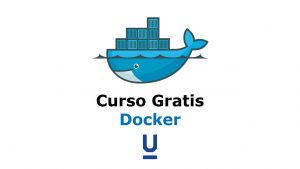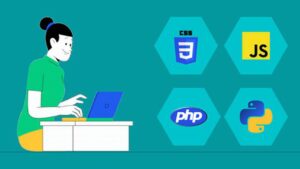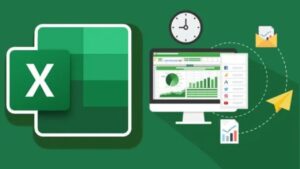Fundamentals with hands on coding session , Learn about Data Structures, Containers , NTL , Algorithms
This course lets you dive into designing data structures and algorithms with the use of containers and libraries such as STL and NTL. It also introduces you to dynamic programming and advanced arithmetic and polynomial calculation using C++.
About
After trying out various other names, Stroustrup began work on an upgrade for C with Classes in 1982 and gave it the name “C++” (++ is the increment operator in C). Virtual functions, function name and operator overloading, references, constants, type-safe free-store memory allocation (new/delete), better type checking, and single-line comments in the BCPL style with two forward slashes (//) were among the new features added. Additionally, Stroustrup created Cfront, a brand-new C++ standalone compiler.
Stroustrup introduced the first stream input/output library in 1984. Doug McIlroy[1] proposed the idea of supplying an output operator rather than a specific output function (who had previously suggested Unix pipes). The ideas listed below have served as the foundation for C++’s development and progress over the years:
Its features must instantly apply to real-world programs and be motivated by realistic challenges.
Every function ought to be implementable (with a reasonably obvious way to do so).
Programmers should be allowed to choose their preferred programming approach, and C++ should fully support that approach.
It should offer tools for segmenting programs into distinct, well-defined components and tools for joining independently created parts.
User-created types require the same level of support.

Estructuras de datos y algoritmos en C++ para principiantes
Fundamentals with hands on coding session , Learn about Data Structures, Containers , NTL , Algorithms”
Este curso es GRATIS
¿Quieres más cursos gratis?
Únete a nuestro canal en Telegram con cientos de cursos gratis publicados diariamente
Curso gratis en Udemy
Con los cursos gratis de Udemy puedes aprender muchas cosas sin tener que gastar en ello. Pero primero debes tener en cuenta varias cosas:
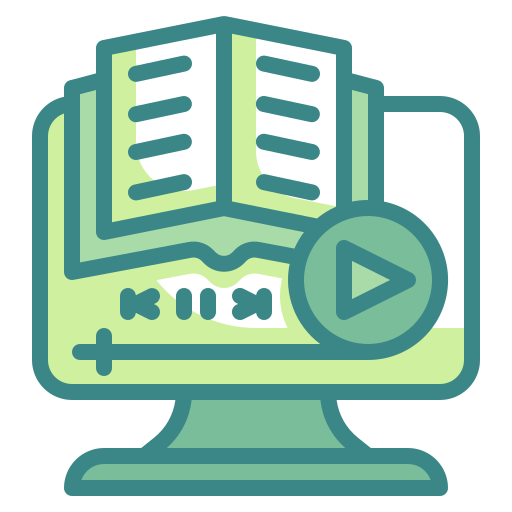
Contenido Gratuito
Los cursos gratis de Udemy te permiten aprender nuevas cosas sin tener que pagar. Aprovecha la oportunidad.

Aprendizaje
Pon en práctica todos tus conocimientos aprendidos. Realiza increíbles proyectos basados en el mundo real.
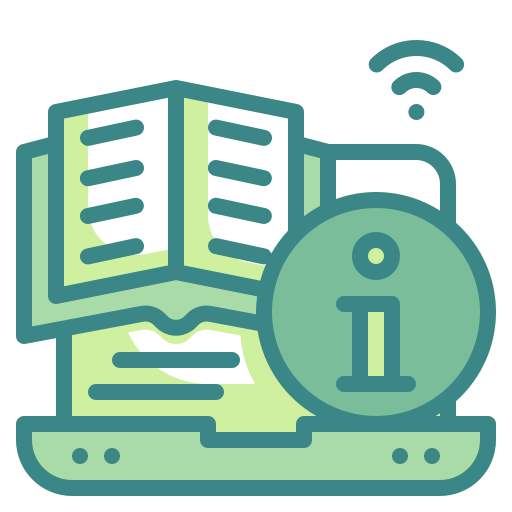
Limites
Debes tener en cuenta que todos los cursos gratuitos de Udemy son de máximo 2 horas y no incluyen un certificado.
Este curso se encuentra disponible de manera gratuita sin necesidad de ningún cupón, a través de la opción “GRATIS”.
Te recomendamos primero leer las diferencias entre un curso gratis y uno de pago para evitar malentendidos:
Cursos gratuitos
- Contenido de vídeo en línea
Cursos de pago
- Contenido de vídeo en línea
- Certificado de finalización
- Preguntas y respuestas de los instructores
- Mensaje directo para el instructor
Aunque los cursos son colocados de manera gratuita, es posible que el autor del curso pueda cambiarlos a modalidad de pago, por lo cual te recomendamos revisar muy bien las características del curso.
Para obtener el curso de manera gratuita usa el siguiente botón:
Deja tus comentarios y sugerencias
Sobre Facialix
Facialix es un sitio web que tiene como objetivo apoyar en el aprendizaje y educación de jóvenes y grandes. Buscando y categorizando recursos educativos gratuitos de internet, de esta manera Facialix ayuda en el constante aprendizaje de todos.

